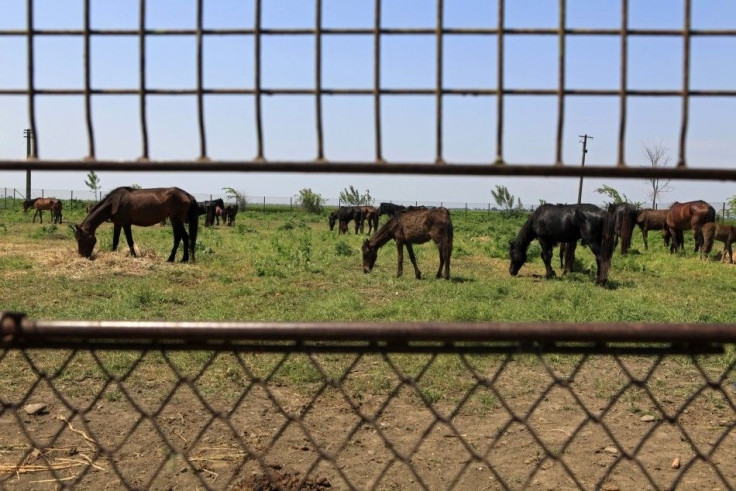Horse Slaughter: USDA Endorsed Horse Meat in 1997

With horse slaughter poised to return to the U.S. after a five-year ban, thanks to a recent move by Congress, horse meat for human consumption is a hotly-debated topic.
In the U.S., most humans don't eat horse meat, in part because the horse is considered pet-like. Though horse slaughter for meat was previously a $65 million industry in America, domestically the meat was used mostly to feed zoo animals and the rest was exported, since horse meat is a delicacy in parts of Europe and Asia. In Belgium and France, for instance, it is quite popular. They like it salted and cured, and in stews and recipes like a lean beef. Horse is high in protein and Omega 3 fatty acids.
Try suggesting to someone in America they might like to try horse, however, and expect a battle. And now that horse slaughter may soon return the the U.S., perhaps within 30 to 90 days, albeit primarily for export demand, the horse meat as a meal topic is back in play among Americans.
Years ago, it wasn't so controversial. In fact, the USDA actually endorsed eating horse meat in a paper on food safety of goat and horse.
With the emerging popularity of Caribbean cuisine in America, goat meat is being used increasingly, the USDA wrote. Most U.S. horse meat is exported to Europe where it is especially popular in Belgium and France. Goats and horses are two of the food-animal species under mandatory USDA inspection. Read on for more information about these lesser known sources of meat.
The USDA noted that meat from horses is low in fat, with 175 calories and only six grams of fat with 28 grams of protein. The agency said horse meat should be handled the same as any red meat. Among the most popular cuts of horse meat is from the hindquarters, the agency said, including the tenderloin, sirloin, fillet steak, rump steak and rib.
Less tender cuts are often ground, it said.
© Copyright IBTimes 2024. All rights reserved.





















